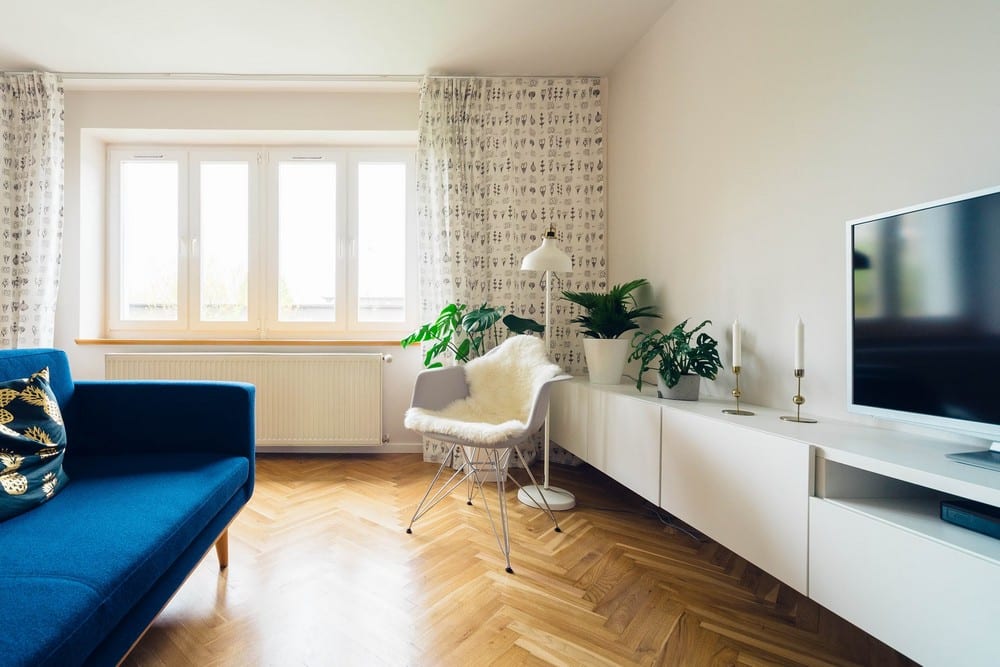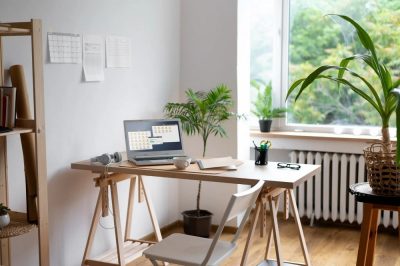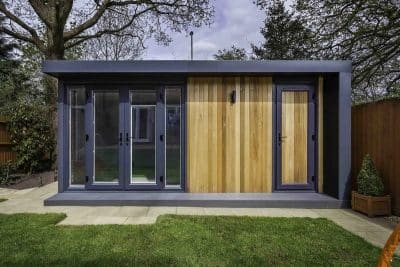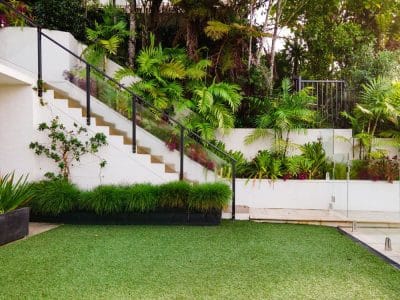
Home design is more than just arranging furniture and choosing colors; it is about creating a space that balances both function and aesthetics. A well-designed home should not only be visually appealing but also practical, ensuring that every element serves a purpose while enhancing the overall atmosphere.
Achieving this balance requires thoughtful planning, attention to detail, and an understanding of how to integrate both elements harmoniously. Whether you are remodeling an existing space or designing from scratch, the key to success lies in seamlessly merging functionality with style.
In cities like San Antonio, Texas, where home architecture blends traditional charm with modern innovation, striking this balance becomes even more essential to creating a space that reflects both personal taste and practical needs.
Creating a Cohesive and Functional Living Space
When designing a home, every decision should contribute to both its practicality and aesthetic appeal. A well-thought-out layout ensures that different rooms flow into each other effortlessly while making the most of the available space. A cohesive design not only enhances functionality but also creates a comfortable and inviting atmosphere.
One essential aspect of functional design is maximizing space without compromising style. Multi-purpose furniture, built-in storage, and open floor plans allow for greater flexibility while maintaining a visually appealing environment. Smart storage solutions—such as under-stair drawers, floating shelves, and concealed cabinets—help keep clutter at bay, ensuring a clean and organized home.
Lighting also plays a critical role in achieving a balanced design. Large windows, skylights, and glass doors maximize natural light, creating an open and airy feel. Meanwhile, well-placed artificial lighting enhances various areas of the home, with task lighting improving functionality, ambient lighting setting the mood, and accent lighting adding depth.
However, achieving this balance requires expertise and precision. If you’re looking for a seamless transformation, let the Zintex Remodeling Group of San Antonio handle your remodeling project to ensure your home blends functionality and style effortlessly.
Choosing the Right Materials and Finishes
Selecting the right materials is a vital part of creating a home that is both durable and stylish. The choice of flooring, wall finishes, countertops, and cabinetry should reflect both personal taste and practical needs. High-traffic areas, such as kitchens and entryways, require durable materials like stone, ceramic, or hardwood to withstand daily wear and tear while maintaining their aesthetic appeal.
For walls, paint and wallpaper can influence the overall feel of a space. Light colors make a room appear larger and brighter, while dark shades create a cozy and intimate setting. Textured wallpapers and accent walls add character, allowing homeowners to infuse personality into their living spaces.
Furniture and decor should also complement the selected materials. Natural wood furniture brings warmth and timeless elegance, while metal and glass elements contribute to a modern, sleek look. The key is to balance these elements in a way that enhances both function and aesthetics.
Integrating Smart Technology for Convenience
Modern home design goes beyond aesthetics and practicality by incorporating technology for added convenience and efficiency. Smart home systems allow homeowners to control lighting, temperature, security, and entertainment with the touch of a button or voice command. Integrating these technologies into a home design enhances its functionality while maintaining a sophisticated appearance.
Smart thermostats, for instance, help regulate indoor temperatures efficiently, reducing energy consumption while keeping the home comfortable. Automated lighting systems adjust brightness levels based on time of day or occupancy, contributing to energy savings and convenience.
Another essential aspect of smart home integration is security. Motion-sensor cameras, smart door locks, and intercom systems offer enhanced safety without compromising the home’s aesthetics. These systems are designed to blend seamlessly into the architecture, ensuring that security features remain discreet while providing peace of mind.
Balancing Open and Private Spaces
An ideal home should provide a balance between open spaces for socializing and private areas for relaxation. Open floor plans have gained popularity for their ability to create a seamless flow between different sections of the home, particularly in living, dining, and kitchen areas. However, privacy is equally important, especially in bedrooms, home offices, and bathrooms.
To achieve this balance, zoning techniques can be applied to define separate areas within an open layout. This can be accomplished through partial walls, sliding doors, or strategically placed furniture that subtly divides spaces without disrupting the overall design. Rugs, lighting, and ceiling treatments also help delineate areas while maintaining a cohesive look.
Soundproofing techniques, such as acoustic panels, rugs, and heavy curtains, can further enhance privacy in specific rooms. By carefully planning the layout and incorporating these elements, homeowners can enjoy both communal and personal spaces without compromising style.
Emphasizing Personal Style Through Decor
A well-designed home should reflect the personality and preferences of its occupants. While functionality is crucial, personal style should not be overlooked. Carefully chosen decor items, color schemes, and artwork can transform a house into a home, making it uniquely inviting.
When selecting decor, it is important to strike a balance between trendy and timeless elements. Classic designs and neutral color palettes provide a foundation that remains relevant over time, while accent pieces such as vibrant throw pillows, statement lighting, and decorative accessories introduce a touch of individuality.
Greenery also adds life and warmth to a space. Indoor plants not only enhance visual appeal but also improve air quality and create a soothing ambiance. From small succulents on a coffee table to large potted plants in corners, incorporating greenery is an effortless way to elevate a home’s aesthetics.
Creating a Seamless Indoor-Outdoor Connection
Bringing the outdoors inside is a design approach that enhances both function and beauty. Large glass doors, floor-to-ceiling windows, and open patios create a seamless transition between indoor and outdoor spaces, making a home feel more expansive and connected to nature.
Outdoor living spaces, such as patios, decks, and gardens, should be designed with the same level of attention as interior spaces. Comfortable seating, outdoor lighting, and weather-resistant furniture contribute to an inviting outdoor environment. By integrating indoor and outdoor areas harmoniously, homeowners can extend their living space while enjoying the benefits of nature.
All in all, the perfect home design is a blend of functionality and style, where every element serves a purpose without compromising aesthetics. From layout planning and material selection to smart technology integration and personal decor choices, achieving this balance requires careful consideration and creativity.








